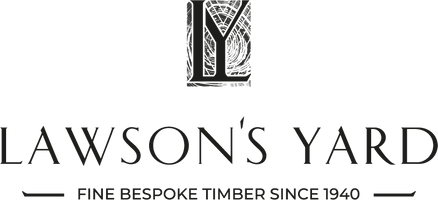All our floors are hand finished, often hand sanded, and go through many processes which cannot be replicated on site, so maintenance is important. If boards are left to the point of needing re-sanding with industrial floor sanders, then the finish will be very different to the original floor look.
When you purchase a floor we will advise on the finished used on your order and the correct products to use for general aftercare.
Below are some general guidelines to adhere to;
Preventative Maintenance
Abrasive particles of dirt and grit trafficked on to a wooden floor finished with lacquer can be very damaging and seriously shorten the lifespan of any treatment. The floor’s surface will quickly become dull due to scratches and the wood may be affected by the ingress of moisture and stains. Matting placed at external entrances can be highly effective at prolonging the appearance and life of the floor whilst reducing the frequency of refurbishment. It is important that matting is of a type which allows abrasive particles to drop through it rather than remain on the surface where it can then be tracked on to the sealed floor. Matting should be large enough, ideally, to allow two steps across it, but, as a general recommendation, the mat should be as large as is practical. Periodically matting should be thoroughly cleaned. A dirty mat is ineffective and can act as a ‘reservoir’ of abrasive particles.
How to look after your floor
An effective maintenance programme will keep the floor clean and looking as good as possible. The following information is designed to provide a starting point for such a programme and is appropriate for both commercial and domestic floors. However, all floors are unique and will require individual assessment because the factors affecting them will vary. Changes in traffic levels and seasonal changes will also need to be taken into consideration, for example, additional matting may be required during periods of snow or heavy rain. The frequency of any maintenance should reflect the use of the floor and should be altered accordingly.
An effective maintenance regime should consist of:
- Dry Cleaning: Floors should be cleaned daily using dry cleaning methods, such as vacuum, scissor mop or soft broom. It is important to remove any abrasive particles of grit and dirt which may scratch the floor seal when trafficked under footwear, chair legs, and other items moved across the floor. Sweep, vacuum, or dust-mop regularly to minimize damage caused by dirt, sand, and grit. (Such particles can be highly abrasive, scratching and dulling wood floors). The use of a broom with fine bristles will help trap and remove grit. When vacuuming, it is recommended to use a brush attachment, since beater bars can damage a floor's finish.
- Damp Cleaning: A lightly damped mop can be used to remove spills and foot tracks. Soluble dirt should be removed by cleaning using a spray-buff system or scrubber drier (large floors), or by mop and bucket (small, domestic floors). All cleaning materials should be replaced periodically to ensure effective maintenance. The use of household cleaners should be avoided, they may soften and dull the finish
- Place rugs or floor mats at entrances to reduce dirt being transferred to the flooring and shake them out frequently. Furniture points in contact with the floor (i.e. Chair legs) should be fitted with felt pads to reduce scuff or scratch marks.
- By frequently assessing the floor’s condition and taking into account seasonal conditions the lifespan of the floor can be considerably prolonged.
- Additional Cleaning: Wooden floors in commercial areas which may often become contaminated with grease from food, sweat, or residue from other sources, may require additional cleaning to remove these materials

